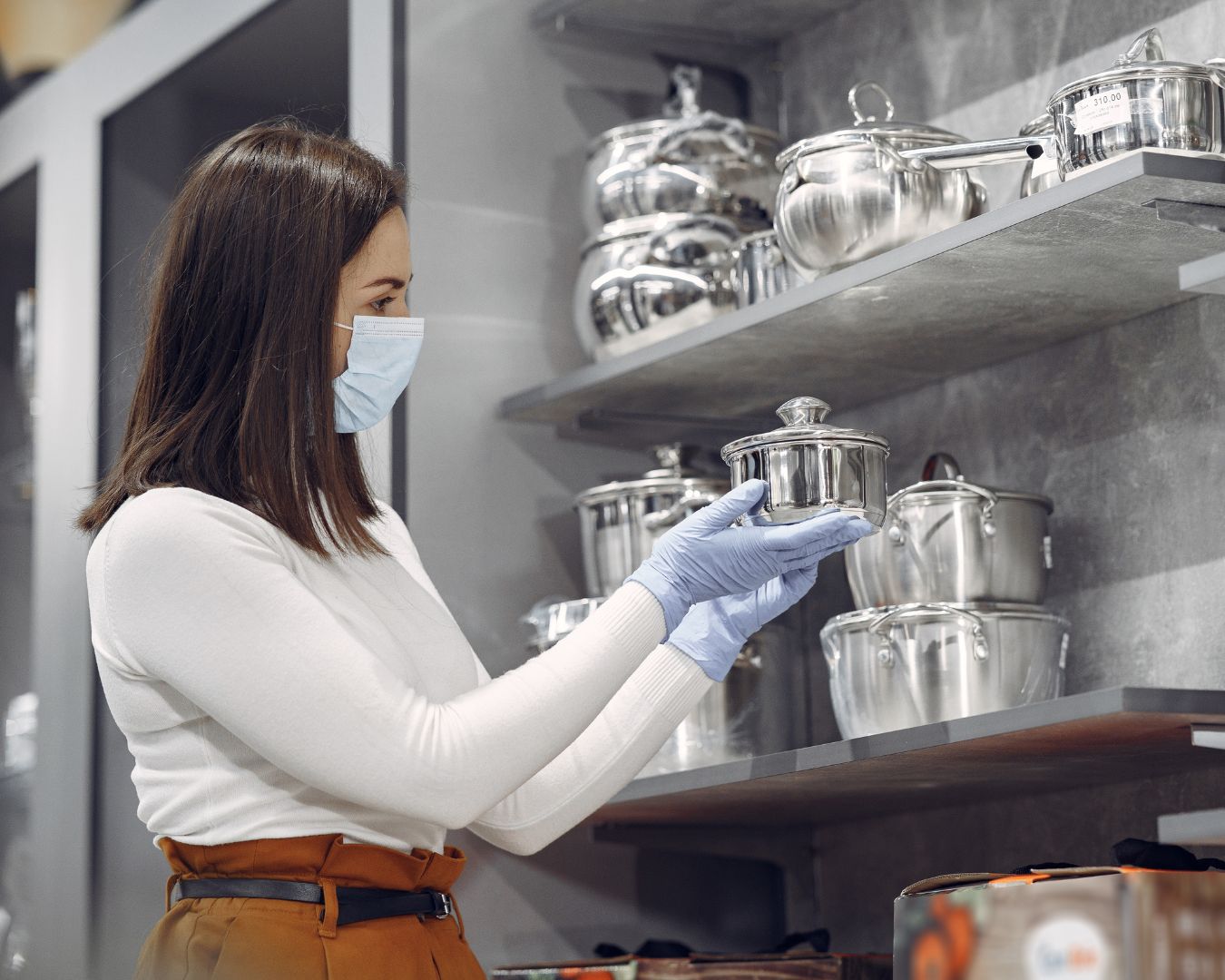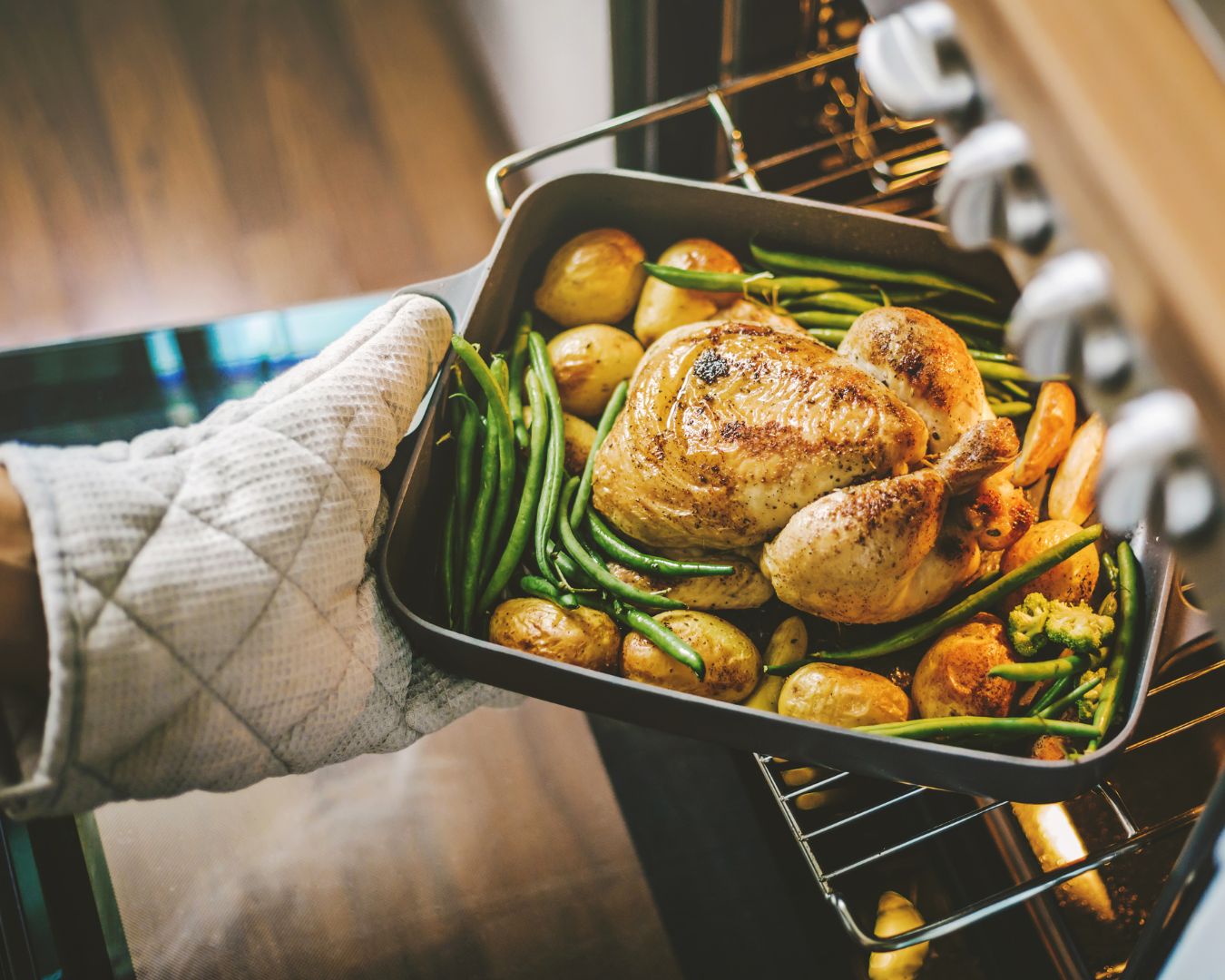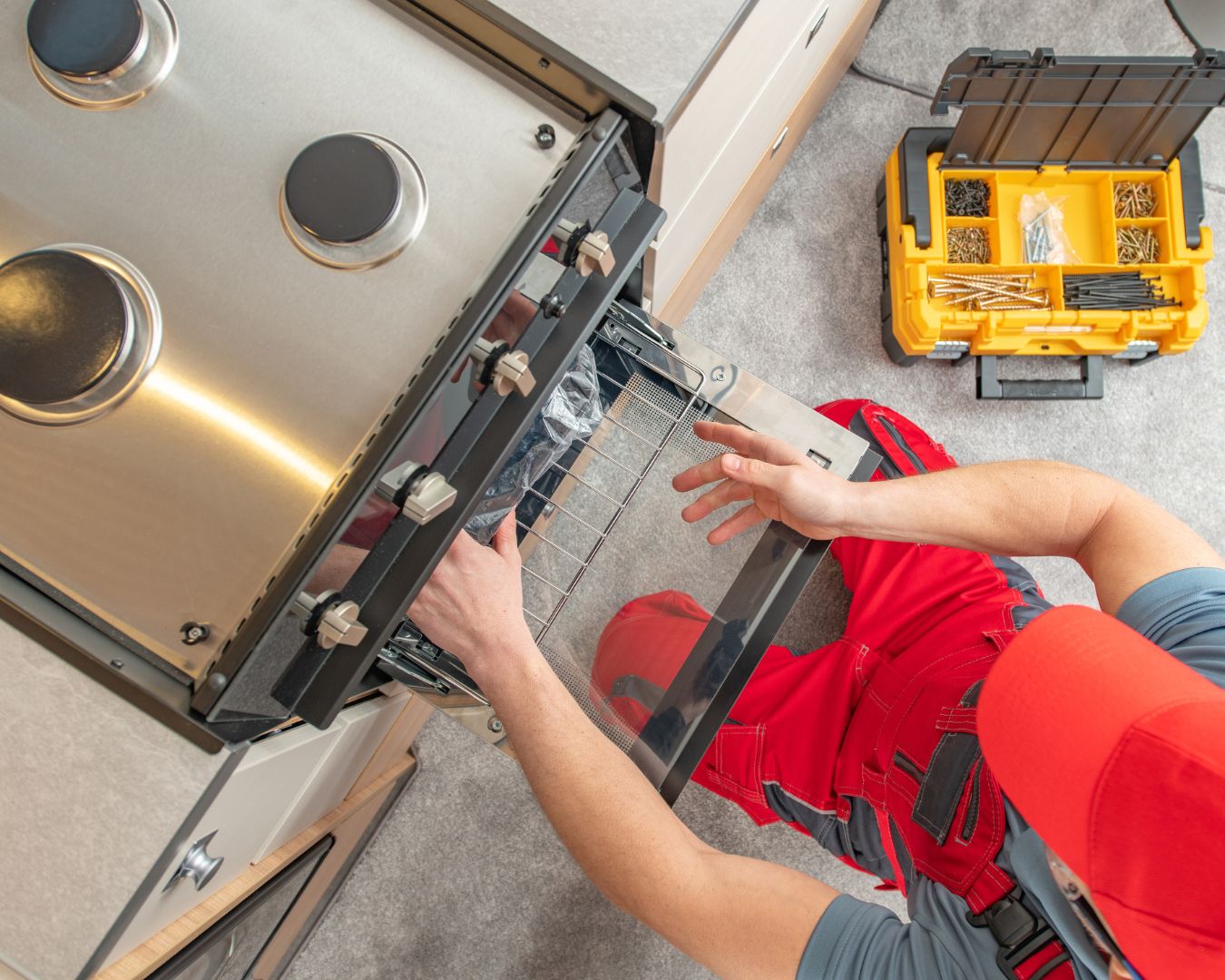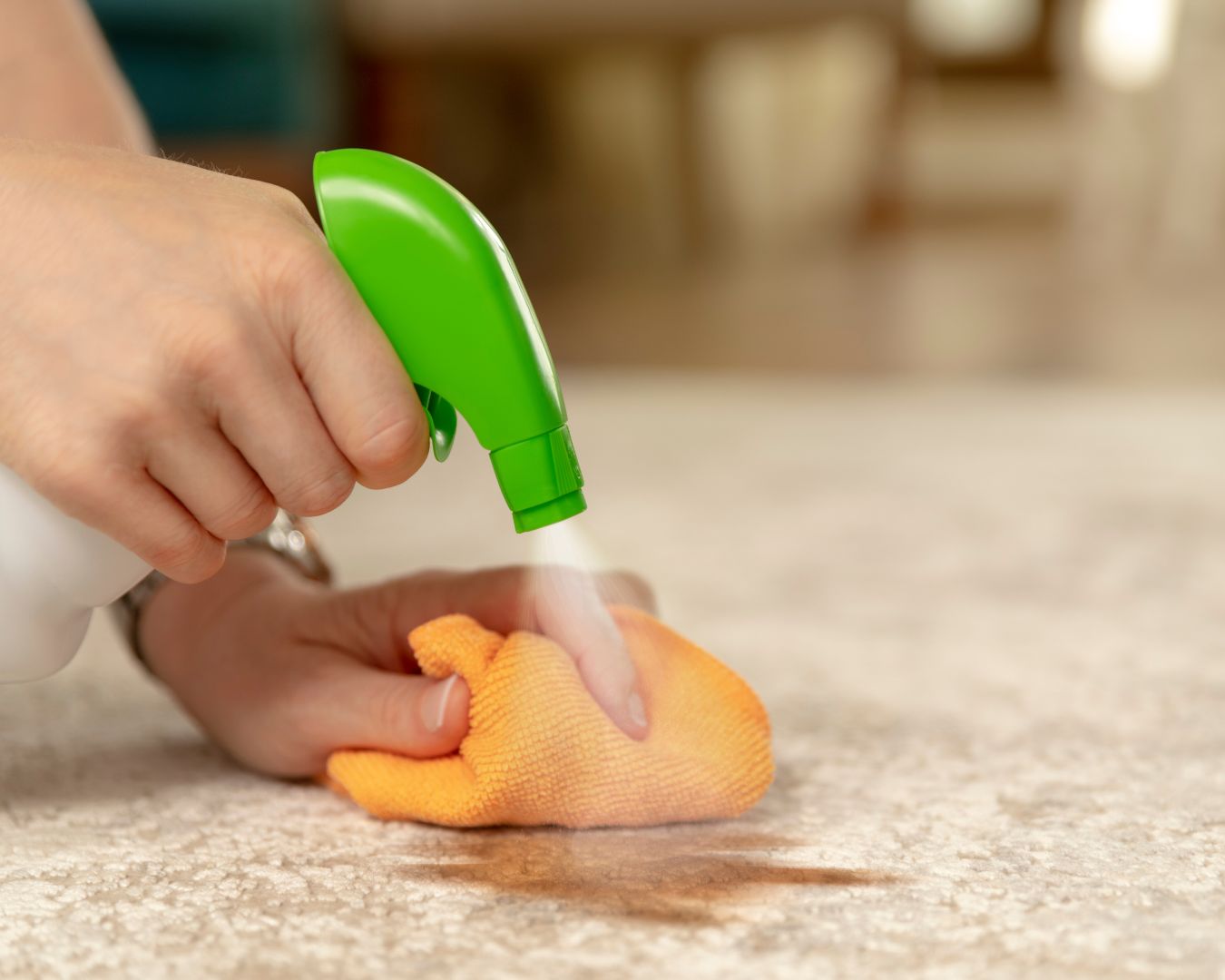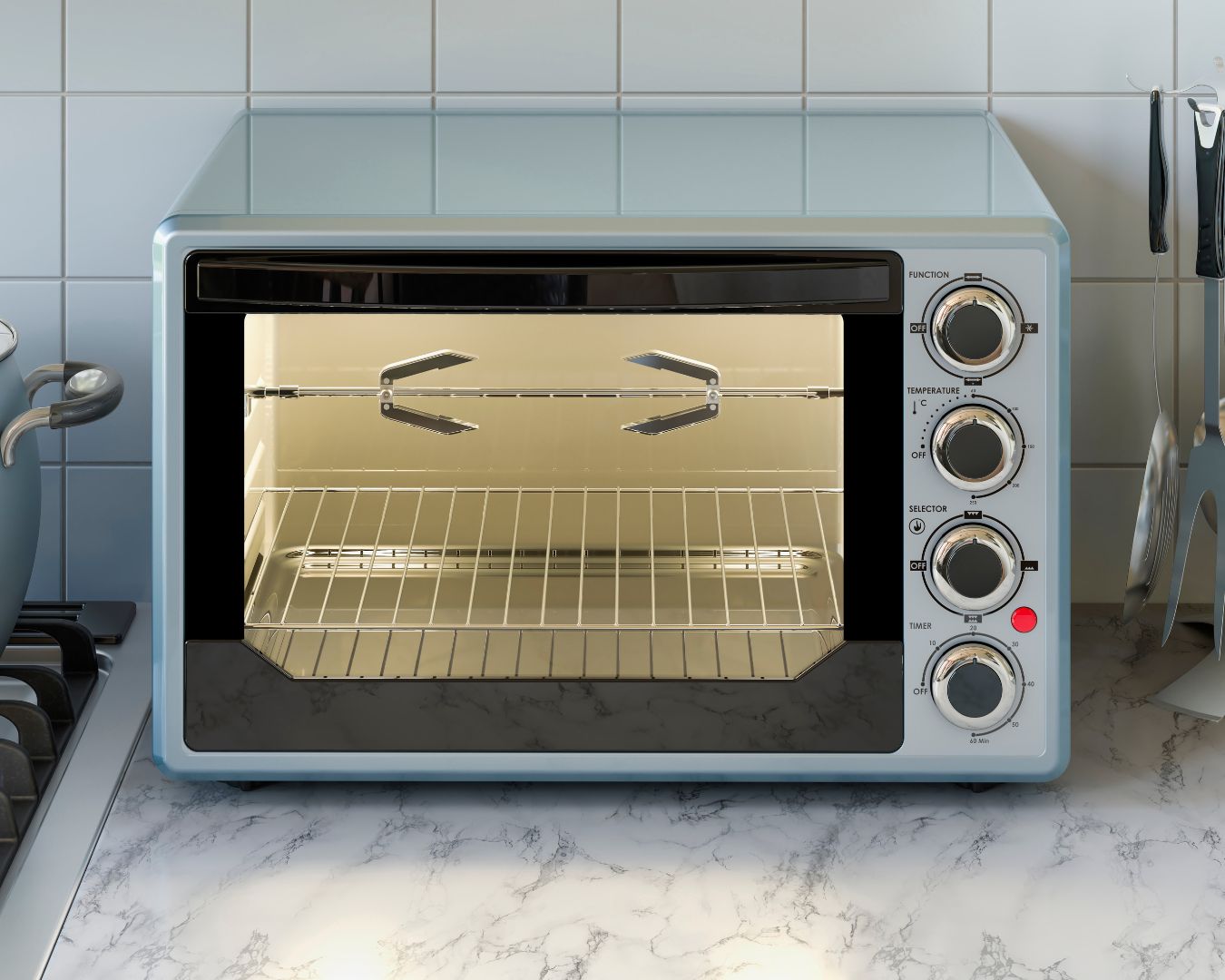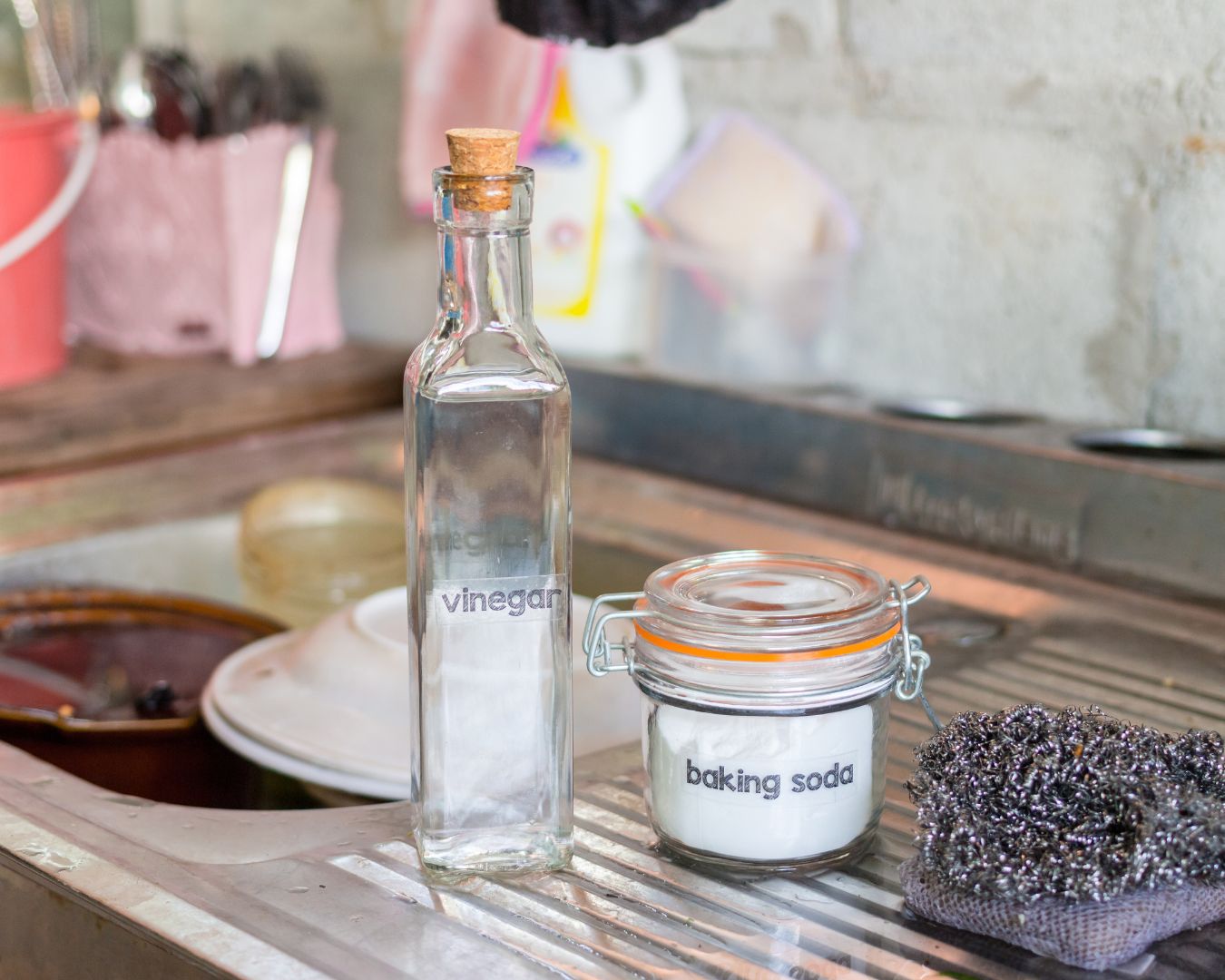Keeping your freezer organized not only helps you find what you need quickly but also ensures that your food stays fresh and safe. When it comes to storing meat, having a system in place for easy access and proper rotation can make meal planning and preparation more efficient. Here’s a guide to help you stack and store meat in the freezer for seamless first-in, first-out (FIFO) access. Use Clear, Sturdy Containers Start by investing in clear, freezer-safe containers or resealable plastic bags. Clear containers allow you to see the contents at a glance, while sturdy options prevent freezer burn and maintain the quality of the meat. Vacuum-sealing bags are also a great choice as they remove air and prevent freezer burn. Label Everything Proper labeling is crucial for keeping track of what’s in your freezer. Use a permanent marker or label maker to write the type of meat, date of storage, and any other relevant information on each container or bag. This practice helps you quickly identify what you have and ensures you use the older items first. Follow the FIFO Method To ensure that you’re using the oldest meat first, practice the FIFO method. When you add new items to the freezer, place them behind or underneath older items. This way, you’ll naturally pull out the older meat before it has a chance to expire. Organize by Type and Use Group similar types of meat together, such as beef, chicken, and pork. Within each group, you might organize by cuts or specific uses (e.g., ground meat, steaks, or roasts). This organization helps you locate what you need quickly and reduces the time the freezer door is open. Stack Smartly Stack containers and bags in a way that allows for easy access and visibility. Avoid overloading the freezer, as this can obstruct air circulation and make it harder to find items. Use bins or dividers to create sections within your freezer if needed. Place frequently used items on the top or in the most accessible spots. Keep an Inventory List Maintaining a written or digital inventory list can be a lifesaver. Update your list regularly as you add or remove items from the freezer. This list should include the type of meat, quantity, and expiration dates. You can keep the list on your phone, in a notebook, or even on a whiteboard attached to the freezer. Check and Rotate Regularly Periodically check your freezer to ensure that everything is in good condition and that items are being used in the correct order. Rotate items if necessary to maintain the FIFO system and prevent any items from getting lost or forgotten. Defrost and Clean Regularly defrost your freezer to remove ice build-up, which can reduce space and efficiency. While defrosting, take the opportunity to clean the interior and reorganize the items to ensure that everything is in its proper place. An organized freezer not only makes meal preparation easier but also helps you manage your food inventory effectively, reducing waste and ensuring that you always have fresh ingredients on hand. By using clear containers, labeling items, practicing the FIFO method, and keeping an inventory list, you can streamline your freezer organization and make the most out of your frozen meat supplies. With these tips, you’ll be able to enjoy hassle-free cooking and a well-managed kitchen.

